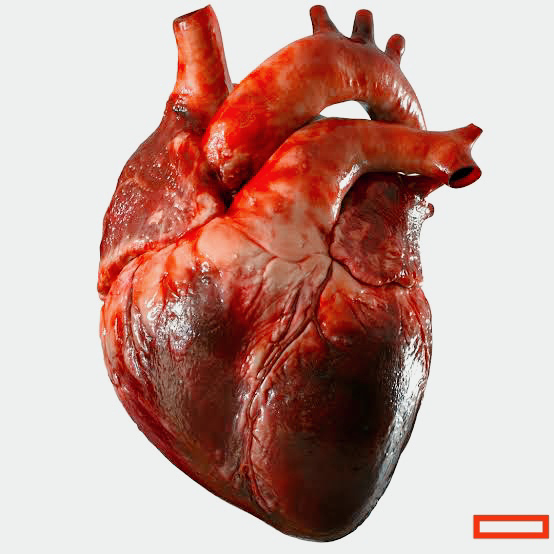X-Rays
X-Rays
Describe X-rays.
Images of internal organs, bones, and tissues can be captured on film or in digital form using X-rays, which emit invisible electromagnetic energy beams. Standard X-rays are used for a variety of purposes, such as the diagnosis of malignancies and bone injuries.
To create images of the body, its organs, and other internal structures for diagnostic purposes, X-rays use external radiation. A "negative" type image is created when X-rays penetrate human structures and land on specially treated plates (similar to camera film) or digital media (the more solid a structure is, the whiter it appears on the film).
Different bodily components permit various amounts of the X-ray beams to pass through when the body is exposed to X-rays. The body's soft tissues, including the blood, skin, fat,
and The majority of the X-ray is able to pass through muscle and appears as dark grey on the film or digital medium. Soft tissue is more permeable to X-rays than bones or tumours, which are more dense and look white on the X-ray. An X-ray beam passes through a shattered bone when one has already broken, leaving a black line in the otherwise white bone.
Arteriograms, computed tomography (CT) scans, and fluoroscopy are a few more diagnostic techniques that make use of X-ray technology.
Birth abnormalities could result from radiation exposure while pregnant. If you think you might be pregnant, always let your doctor or radiologist know.
How are X-rays performed?
X-rays can be done as an outpatient procedure or as a component of hospital care.
Although each facility may have its own set of protocols, an X-ray technique typically goes like this:
The patient will be asked to take off any clothing or jewellery that might prevent access to the body part that will be inspected. If the patient needs to remove clothing, a gown will be provided.
The patient is placed on an X-ray table that precisely aligns the body part that has to be radiated between the X-ray machine and a cassette holding the X-ray film or specialised image plate. It is possible to perform some examinations while the patient is standing or sitting.
To protect against X-ray exposure, body portions not being photographed may be covered with a lead apron (shield).
The imaging region will be the target of the X-ray beam.
To avoid blurry images, the patient must maintain extreme stillness.
The technician will move behind a safety window, and the photo will be shot.
Different X-rays may be taken at different angles, such as the front and side views during a chest X-ray, depending on the body component being studied.
Thank you 😊
Best of luck
Zeeshanfayazlone@



Comments
Post a Comment